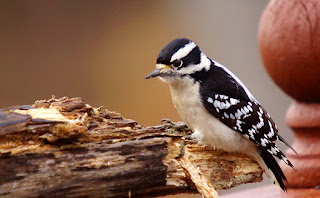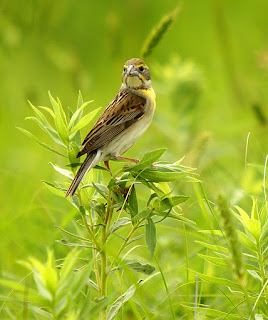Composition is too complex of a concept to fully cover in a simple blog post. Even so, it is such a key element of photography, we're going to look at some ways to inspire your compositions to help you create images with impact.
Composition simply defined is how you arrange the elements within your photograph. Designing your image compositionally requires you to visualize two things: First is the Arrangement of the Elements, and second is How you use Colors to complement both the arrangement and the subject. It is not as complicated as it sounds so try not to over think the process. Allow your visual senses to tell you when it is right. Over time and with practice composition becomes instinctive...you will simply know it when you see it. The trick then is to learn how to visualize the image before you frame and then capture your story. There is no one right way to do this. More realistically, all of us must learn how to draw upon our inner sense of what visually looks right to us and use it to instinctively build an image. Place two photographers in front of the same subject with the same camera and lens and you will get two completely different compositions because we all place value on what we see in the world based on our own experiences.
Placing value on what we see is a key component to effective composition. Every good photograph will have a dominant subject or element. Placing a high value on that dominant element allows it to become the most important part of the process of seeing the shot. There are ways to isolate and bring to life your dominant subject, things like lens selection, aperture, vertical or horizontal framing, and using the background. Color and texture along with light angles and contrasts also are important to bring dominance to your subject. The dominant subject should also relate to the lesser elements within the photo, but remember that a simplified image is a more effective story telling image than one with a great deal of unrelated clutter on it. It does not mean your image lacks for complex detail, it simply means your dominant element becomes the priority component within the story by default when you compositionally remove all the competing junk. Everything in the image must be there for a reason and must not compete against the overall theme or storyline of the image. The key is to bring to life the dominant element so it becomes the center of attention.
Be careful to avoid always evaluating the importance of an element based simply on emotion. Emotion is certainly important, but sometimes it will cloud your vision causing the graphic design elements required for a good composition to be over looked and possibly lost in the clutter. Constantly be aware of what is in the background. Look for hot spots, and components that do not belong in your photo. Always think graphically and use the elements you are seeing in ways that enhance their importance. Lens selection can become a vital tool in helping you isolate what is truly important. Look at the scene and ask yourself 'What is actually capturing my attention here,' then allow your efforts to focus in on the single most important impact making component. This is almost always where the most emotion can be discovered. Emotion is best defined through an effective use of light and color. Once all the important elements are defined and the unnecessary elements eliminated, the visual impact driver for the emotional element takes over.
Color is one of the most important graphic elements and influences the design process. Knowing how your camera reacts to light and captures color, or controlling white balance, is key to allowing color to become one of the dominant traits. Color projects a powerful visual message with different colors invoking different emotional responses. Warm colors such as reds or yellows are powerful emotional elements and generate a different response than cool more soothing colors like blue or green. Sometimes contrasts in color can generate a tremendous visual appeal by exploiting the natural vibrations between the colors. Using color is also why shooting early or late in the day is important compositionally. Those times of day will most often generate an overall warm or cool tone across your image.
Let us not forget an important basic design element: The Rule of Thirds. If you have been studying photography for very long, the concept of Rule of Thirds should already be ingrained into your mindset. If not, Rule of Thirds is simply a way of breaking the image into three distinct areas like a tic-tac-toe grid roughly at 1/3 intervals where important elements fall on or near where the lines cross. This just simply makes for an easy and more pleasing basic arrangement of the elements within the composition. The offset arrangement of the lines creates a wonderful and more interesting placement of your subject. The idea here is to avoid putting your main subject dead center in your image. Sometimes this works, bust most times it does not. I see it all the time in less accomplished photographers, yet it is an easily corrected problem simply by observing and understanding compositional rules. Also remember, being in the right place at the right time is critical for capturing images with impact. Doing so requires a willingness and ability to look beyond the ordinary to see the extraordinary potential of a location, and then making sure you are there at the optimal time. Lighting angles, time of year, time of day, weather conditions all play a part.
Composition is a complex design process filled with an almost infinite variety of possibilities. Sometimes the rules need to be precisely followed and other times breaking the rules will stir things up and create an interesting and effective composition. Hopefully, this short post will get you to thinking about how to unlock emotions through your picture design and with the use of effective compositional components.

















